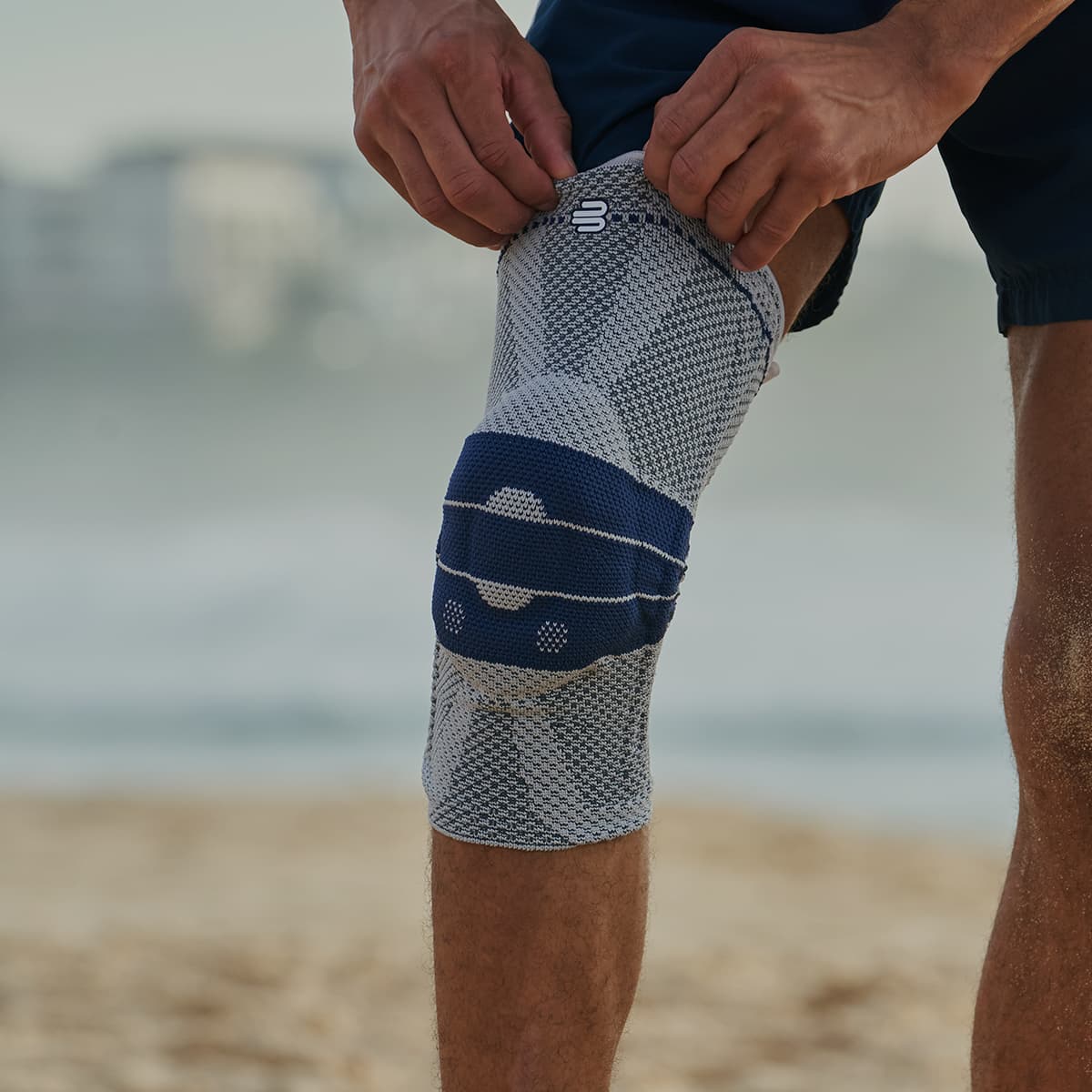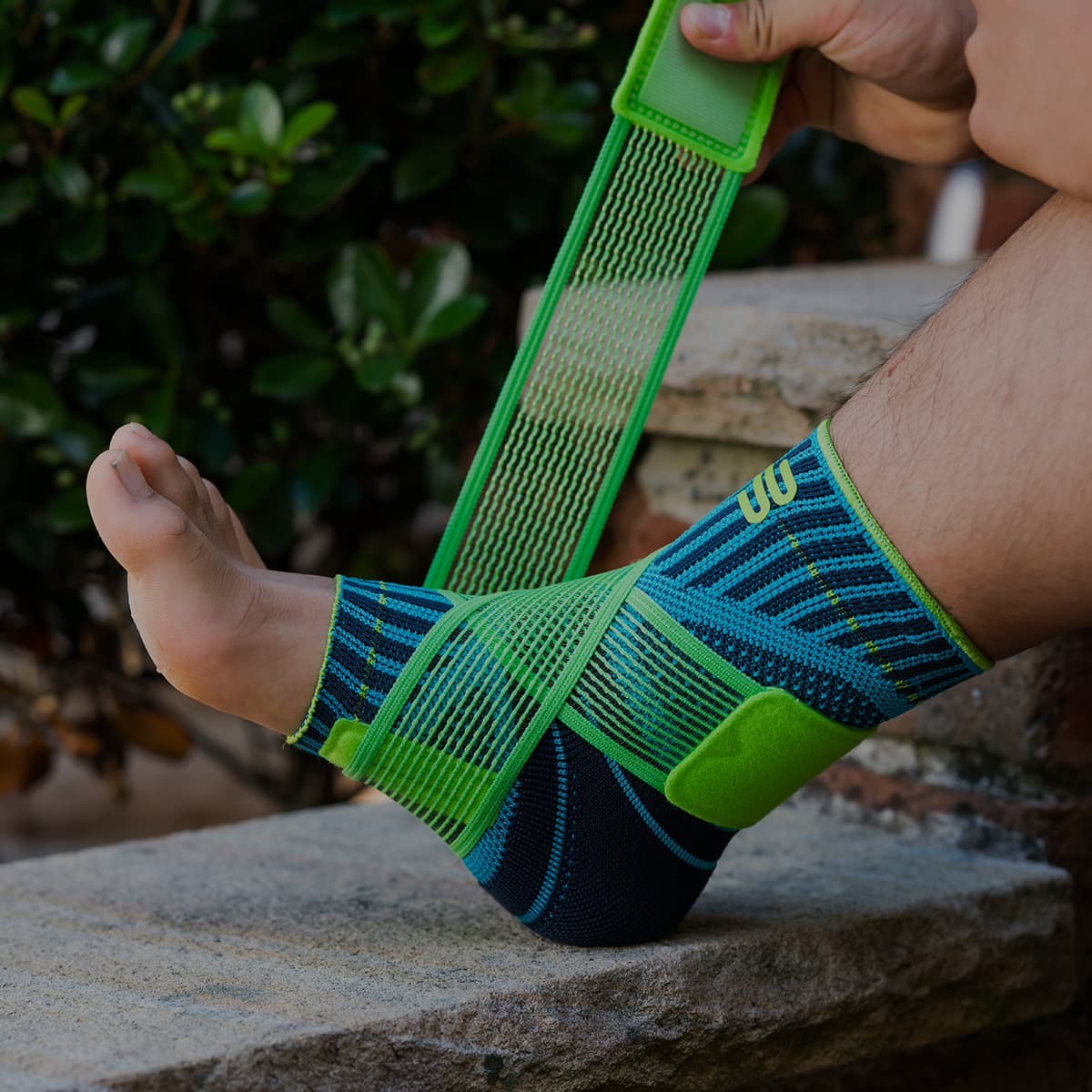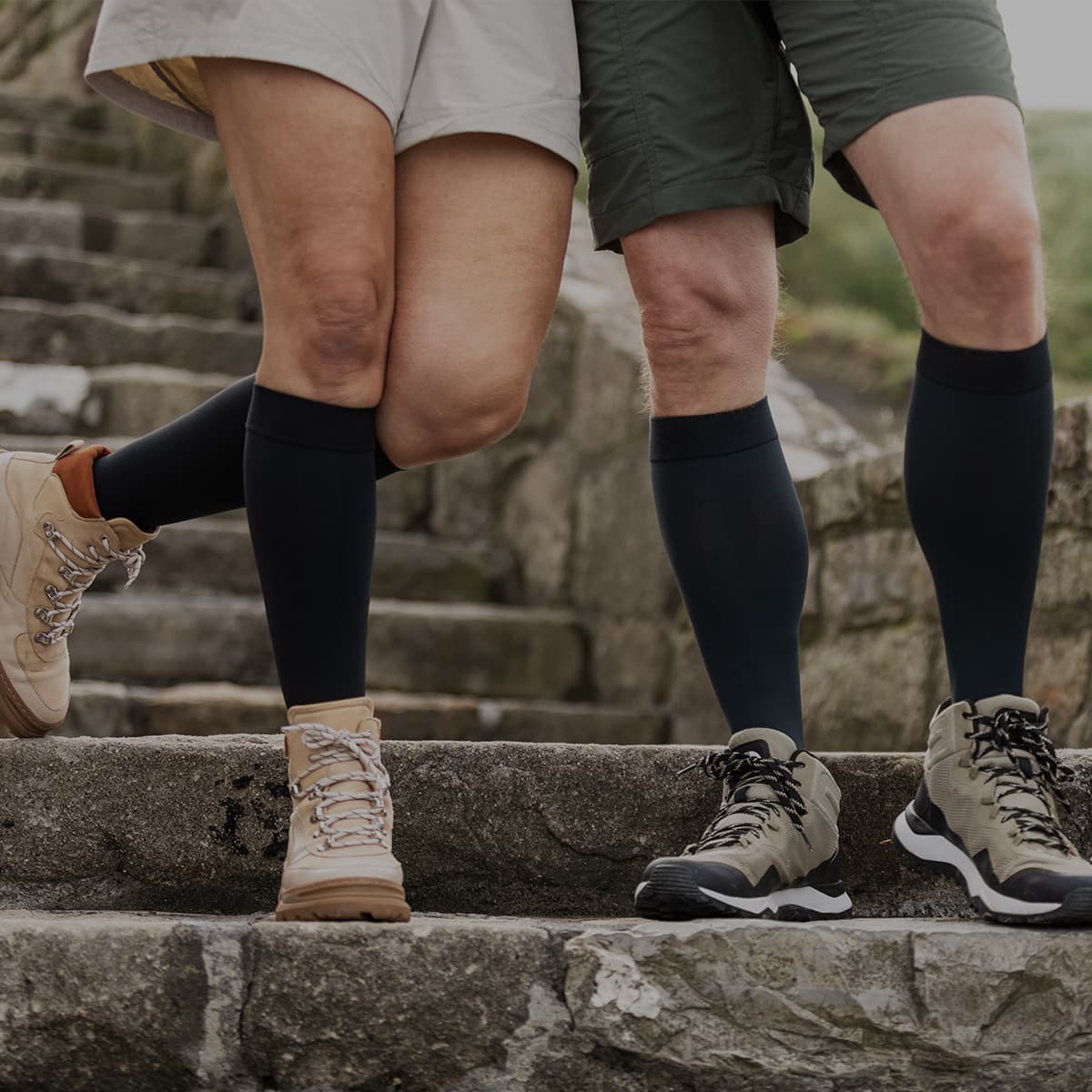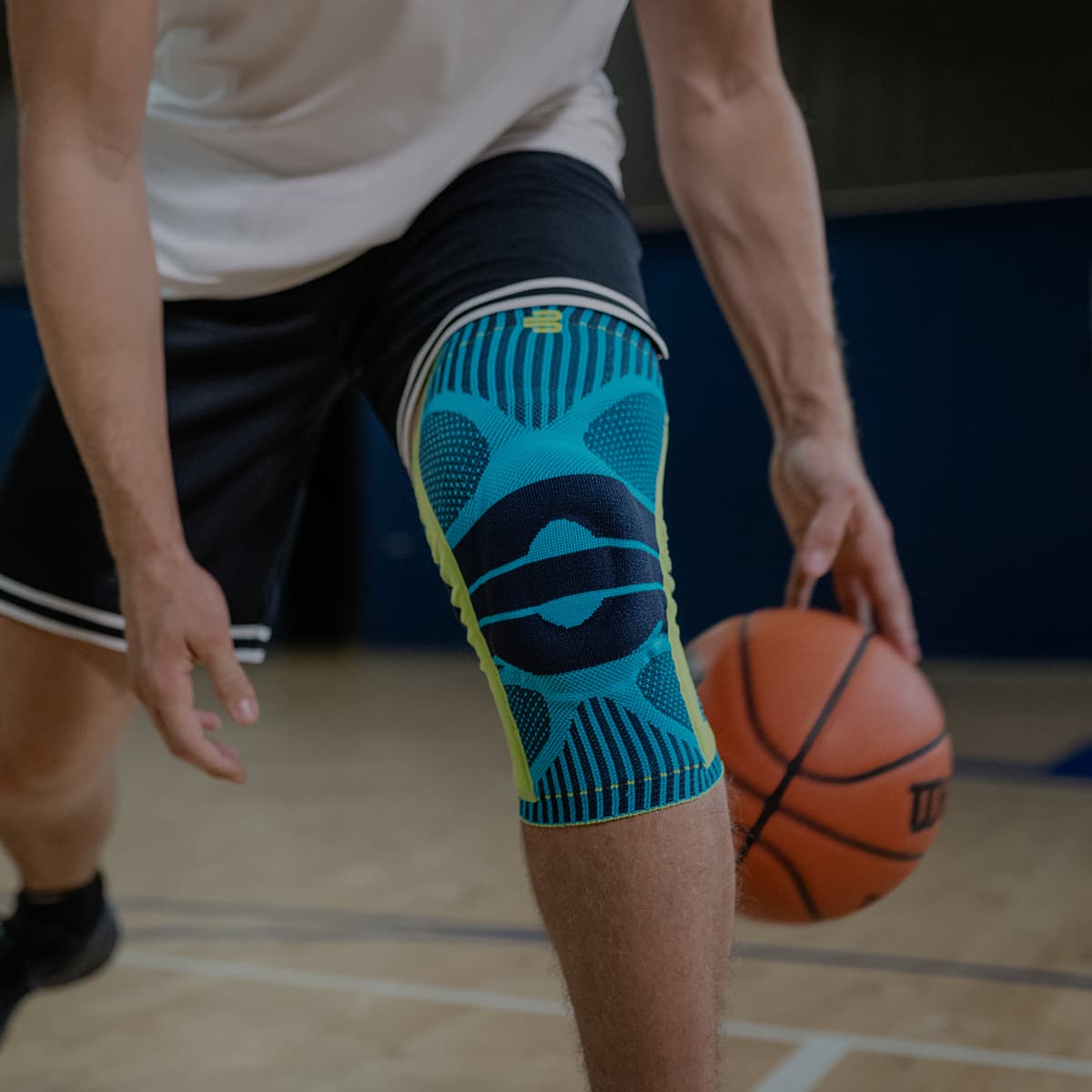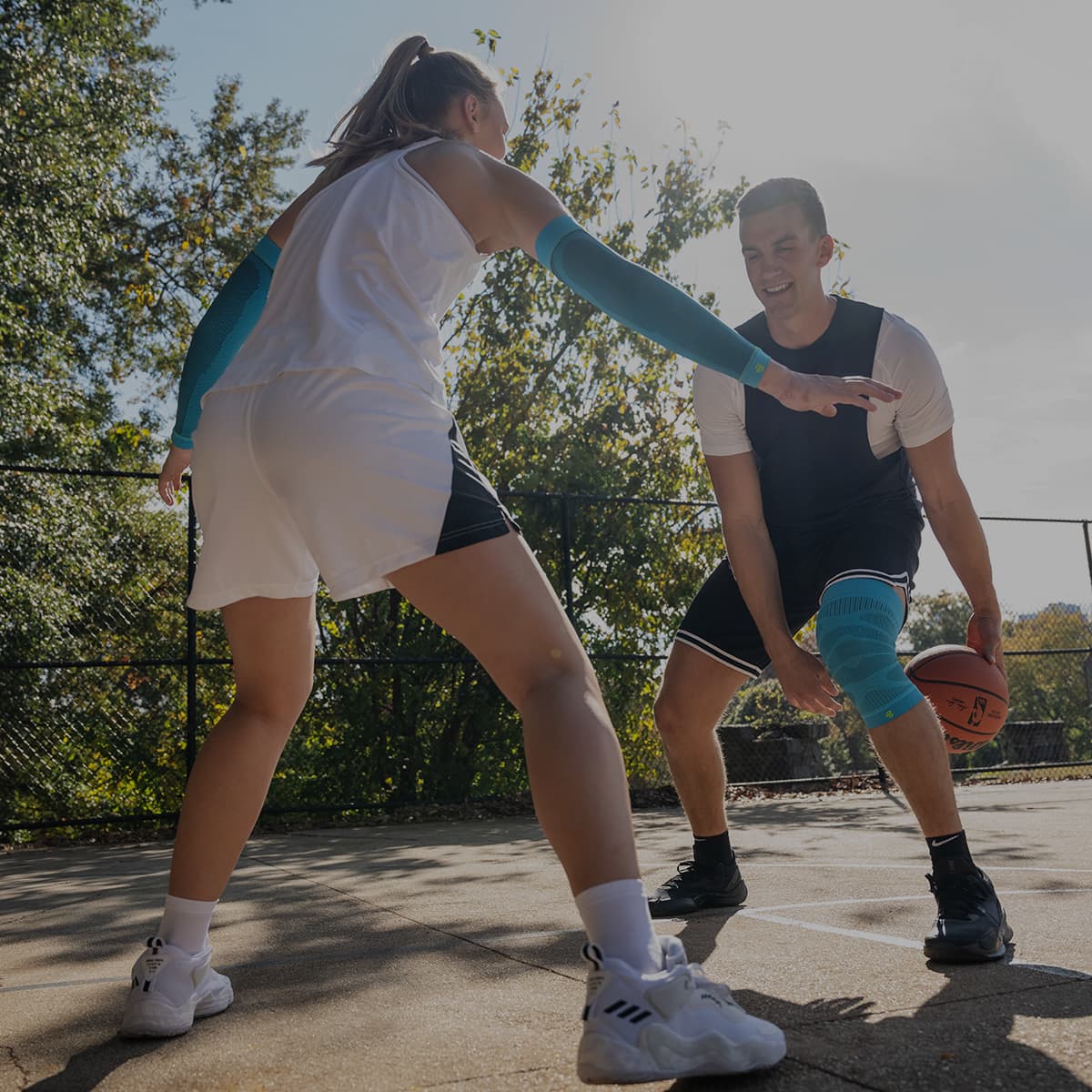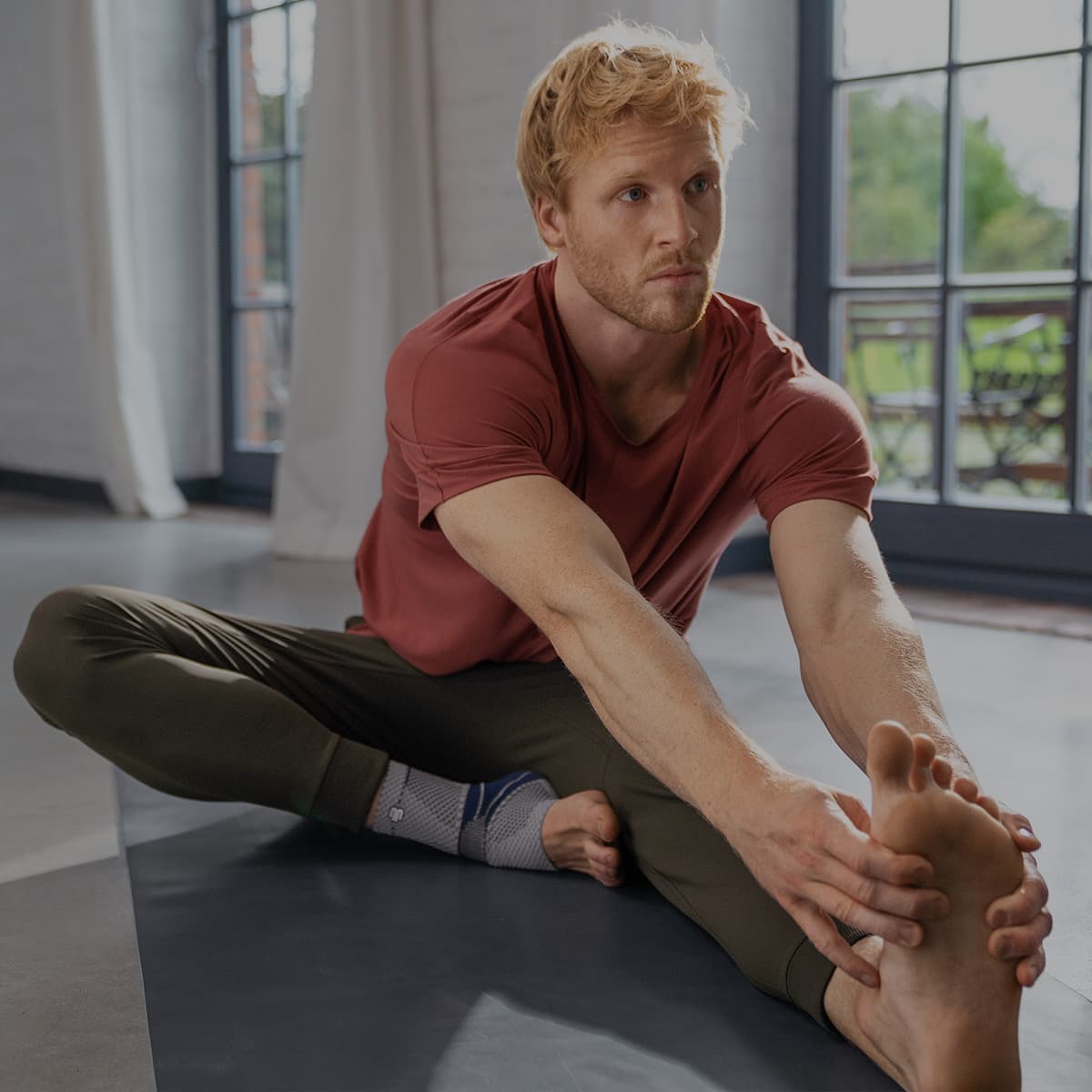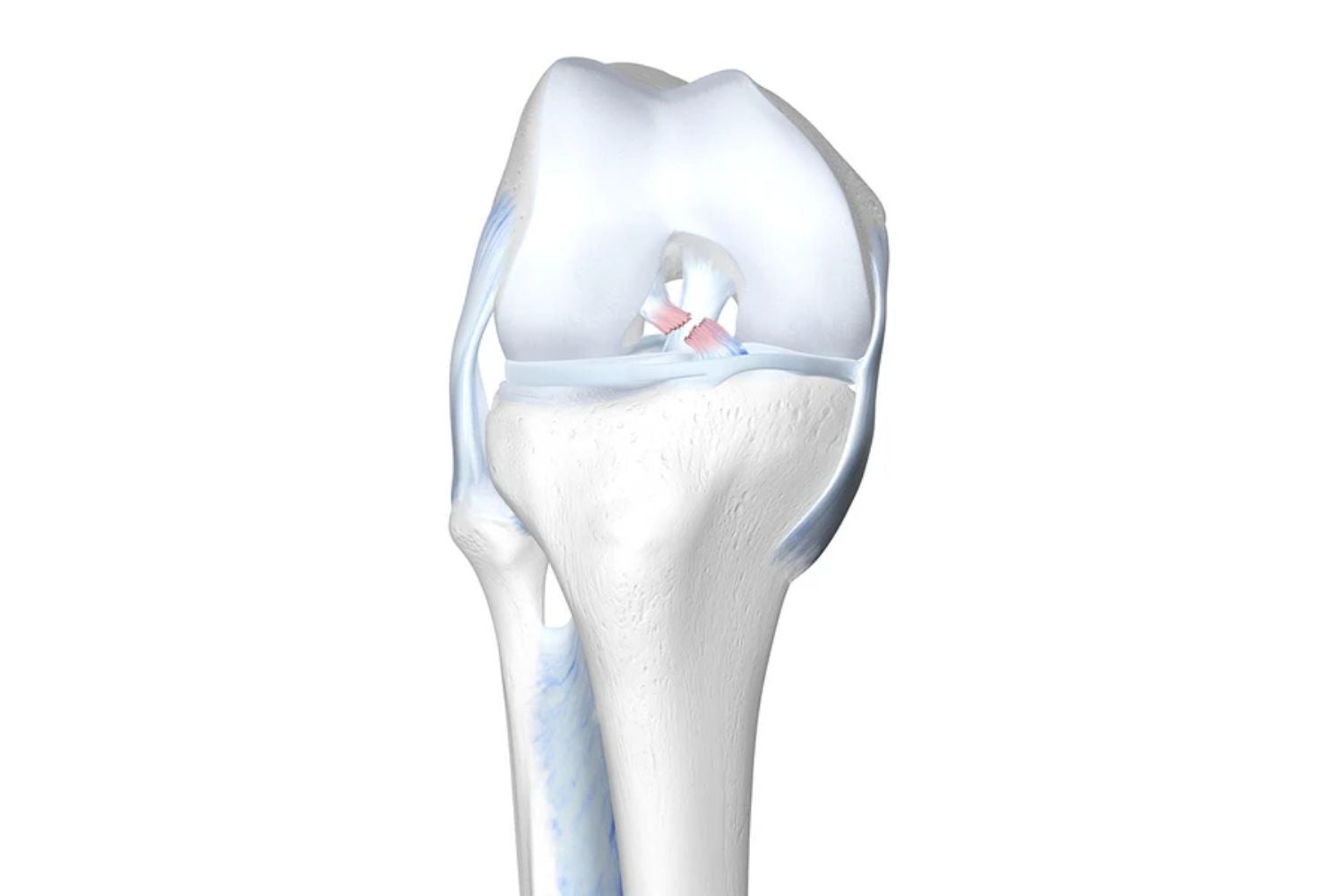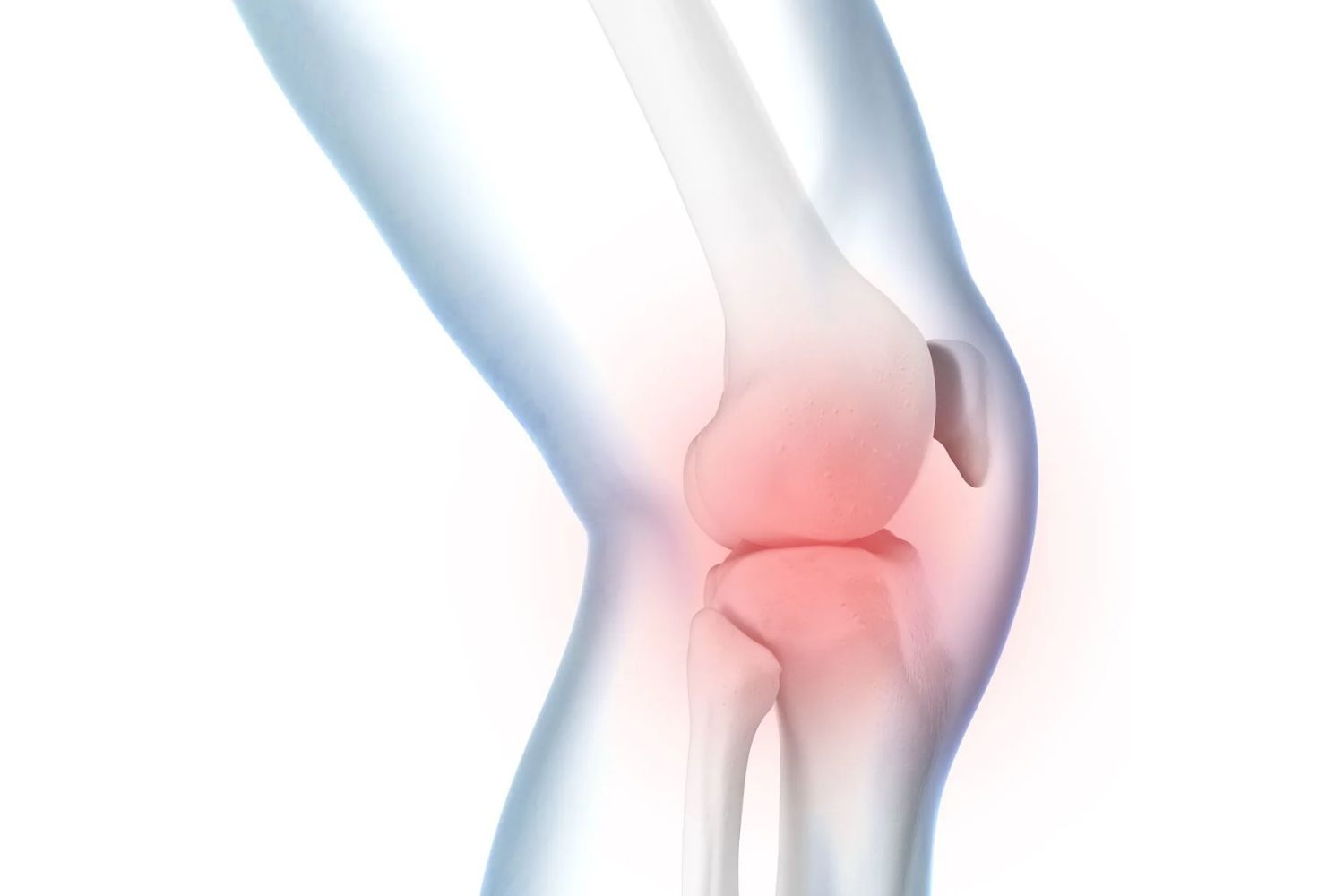The knee joint is a complex structure that facilitates mobility and allows for complex movements, including walking, running and jumping. Anatomically, the knee consists of two cruciate ligaments: the Anterior and Posterior cruciate ligaments. Together, they allow the knee to stretch and contract, resulting in movement. Abnormal and excessive stress can lead to a cruciate ligament tear or even a complete rupture in some cases.
Contrary to popular belief, cruciate ligament injuries are relatively common. They are commonly associated with sporting accidents, which involve excessive stress and sudden shifts in direction, comparable to movements in basketball and rugby. Strong external forces, like those in a road accident, can also result in a ligament tear or rupture.
A cruciate ligament injury can be painful and severely restrict a patient’s mobility. It is highly recommended that immediate medical treatment be sought, as such injuries tend to have significant complications.
Diagnosis and Symptoms of the Cruciate Ligament Tear
Effective diagnosis begins with determining the severity of the injury as well as narrowing down the specific area affected.
Doctors perform the “Drawer test” to determine which ligament in the knee is affected. Sophisticated imaging, such as an MRI or X-ray, is often used to assess the injury and study a patient’s symptoms.
A cruciate ligament tear occurs when the ligaments are stretched beyond their natural range of movement.
In this case, a clear crack can be heard, and the patient’s knee will swell almost immediately.
Patients will experience weakness and instability in the joint as well as significant pain, which intensifies under stress.
Most mild cases can be resolved with ample rest and rehabilitation.
However, chronic ligament degeneration results in long-term damage. The damage prevents the joint from stretching or bending, severely restricting the individual's mobility. More drastic measures, such as surgical intervention, may be required in severe ligament rupture cases.
Treatment of the Cruciate Ligament Tear
Treatment of a cruciate ligament tear aims to relieve pain, stabilise the knee, and restore joint performance and mobility. The severity of the tear (partial or complete rupture) dictates which course of treatment is carried out. Unlike other injuries, surgical intervention may be necessary depending on the severity of the injury.
Non-Surgical Treatment
Immobilisation
The first step in treating a cruciate ligament injury is complete immobilisation and relief from all external stress. The ligament should be rested, and ample support should be provided by restricting the joint's movement with a medical knee brace.
Suspension of the joint is also highly recommended. Application of cooling blankets and ice packs can be very helpful in managing any swelling or inflammation caused by the injury.
*Note—Ample recovery time is recommended, even if the pain symptoms subside, to ensure complete healing. Once the pain has subsided, physiotherapy should follow to regain strength and mobility.
Rehabilitation and Physiotherapy
Prescribed rehabilitation, such as hydrotherapy and remedial massage, helps boost blood circulation and facilitates healing.
For example, regulated physiotherapy in the form of “targeted muscle building” has been proven to be an effective treatment path. These exercises can repair the ligament and facilitate recovery.
Prescribed Painkillers
Ibuprofen or Panadol can be used to alleviate pain and discomfort in patients. However, pain is a crucial indicator of the injury. Painkillers merely mask the pain without addressing the underlying condition.
Medical Knee Braces
Medical knee braces provide crucial support and help alleviate excess pressure on the joint. Braces play a crucial role in the recovery process in both acute and post-operative procedures.
Wearing a Bauerfeind knee support can minimise your chances of further or re-injury by providing enhanced stability, proprioception and medical-grade compression.
Cruciate ligament injuries are a direct result of physical trauma caused by external forces or sudden, abnormal movements in succession, such as in sports activities. Understanding the natural limitations of the knee joint is crucial to preventing injury.
Proper exercise technique and correct proprioception can help prevent excess stress on the joints and ligaments, thus reducing the chances of a cruciate ligament tear or rupture.
Surgical Treatment
An operative procedure is pretty standard when the anterior cruciate ligament is damaged. If a patient is physically very active, like athletes, the damaged ligament is too damaged and hence often operated on.
Surgery takes place about four to six weeks after the trauma and involves transplanting part of the patellar tendon or the hamstrings to replace the anterior cruciate ligament. It is highly recommended that patients be prescribed appropriate physiotherapy to recover effectively after surgery.
*Note: In some cases, meniscus cartilage might be damaged and is often sutured together during surgery.
How do Bauerfeind medical knee braces help in treating a cruciate ligament tear?
SecuTec Genu
Bauerfeind’s SofTec Genu is a knee brace that ultimately stabilises and unloads stress off the knee joint without restricting your mobility.
The brace features modifiable and 'intelligent' lateral and medial joints that provide optimal guidance to the knee by anatomically adjusting to each individual's axis of rotation, thus minimising stress and alleviating pain.
The SofTec Genu features medical-grade compression with an intertwined knee pad with nodules built in. Every movement activates the nodules, thereby massaging the surrounding tissue and speeding up the healing process. It can also be used as an effective prevention measure (for example, it is highly effective if used while running or skiing).
Bauerfeind’s SecuTec Genu features a rigid frame that is light and durable.
The frame externally stabilises the knee joint and prevents unnecessary movement. This brace is suitable for use in all stages of recovery from a cruciate ligament injury, as limitations on flexion and extension knee movements can be easily adjusted.
Medical Knee Braces, like the SecuTec Genu and SofTec Genu, significantly help provide ample support and facilitate healing from a cruciate ligament tear.

